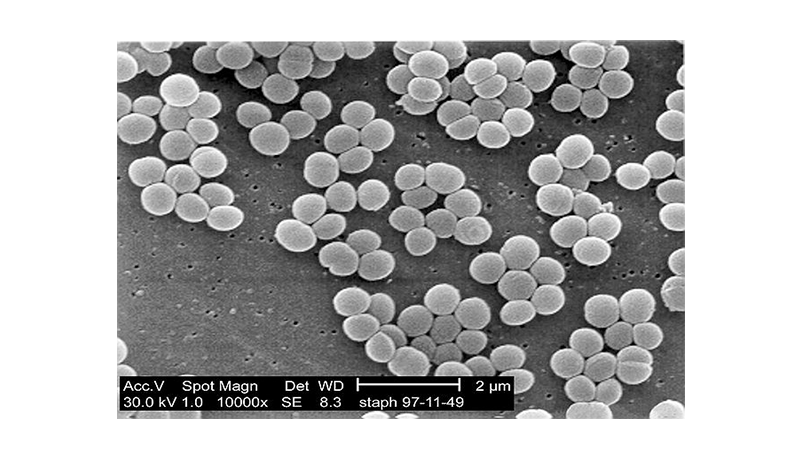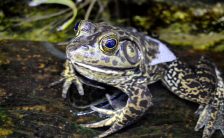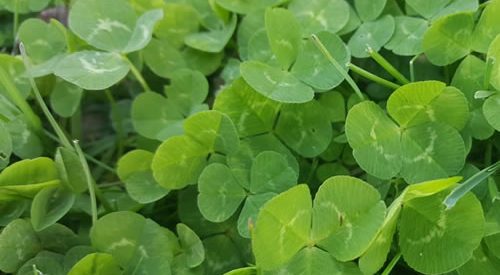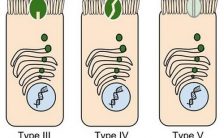Tag: case
-

Case Study: John Snow and the Origin of Epidemiology
This case study explores a time before the Germ Theory when doctors were uncertain how disease was spread. Current models, such as the humoral or miasma model could not fully explain how cholera infected some households, but not others. This case story explores London, England in 1854 after an outbreak of cholera which had…
-

Case Study – Are Nanobacteria Alive?
In this case study, students review the evidence of scientists on both sides of the controversy questioning whether nanobacteria are living organisms.
-

Case Study: How Do Bacteria Become Resistant?
Students analyze data regarding methicillin and penicillin resistant bacteria, focusing how hospitals inadvertently drive the evolution of resistant strains. Each section of the case explores an aspect of dealing with bacteria, including sanitation, analyzing agar plates uses the Kirby-Bauer disk method and concludes with students suggesting plans for reducing the incidence of MRSA in hospitals. With…
-

Case Study – Chicago Cyanide Murders
Students investigate how cyanide interferes with the mitochondria and the role of oxygen in cellulular respiration; based on an historical event.
-

Case Study – Are Invading Bullfrogs Harmful?
Students follow a story about an ecologist and a student who are studying the population size of bullfrogs in California. These amphibians are considered an invasive species in that area and have been causing the decline of native species. Students learn concepts related to community interactions and learn one species can cause the decline…
-

Case Study – A Tiny Heart (old version)
Students examine the symptoms of a newborn baby who has a problem with his heart and suggest treatment options.
-

Case Study – Evolution and White Striped Clovers
The production of cyanide by clovers with white stripes is an evolutionary advantage is some environments, but not others.
-

Case Study – Cystic Fibrosis
This case study explores the relationship between the cell membrane and breathing difficulties that occur as a result of the genetic disorder cystic fibrosis.

